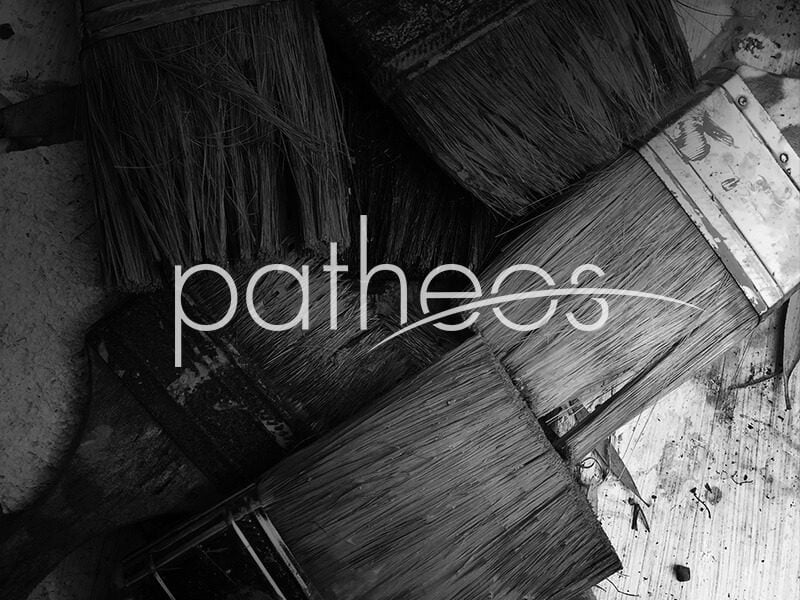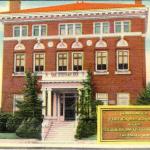Sermon outline for Feb 15: In the Robbers’ Den, Luke 19:1-48 INTRODUCTION After a long journey, Jesus arrives in Jerusalem, and we learn that all along his goal has been the temple. He enters the city of the Great King as a king (19:37-38), and begins to drive out the moneychangers in the temple (vv. 45-46). Jesus’ arrival is the “time of visitation” for Jerusalem, but because Jerusalem refuses to accept her king the city will be destroyed (vv. 41-44).... Read more















